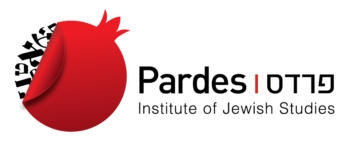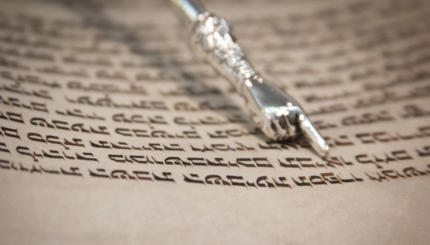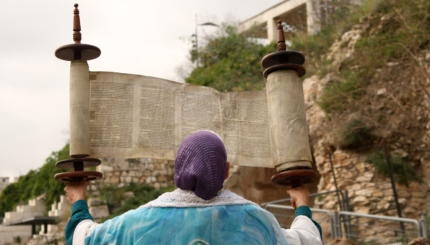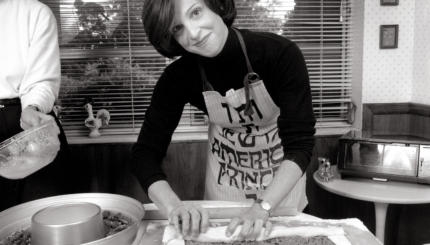Commentary on Parashat Pekudei, Exodus 38:21 - 40:38
Questions
1. Who was responsible for the accounts of the Tabernacle?
2. Which two people were responsible for the building of the Tabernacle and everything that went with it?
3. The silver accumulated and described in this week’s parashah came from the headcount or census of whom and how many half shekels were collected in the census?
4. The ephod was made of blue, purple, scarlet, and gold threads. How did they make the gold threads?
5. Was there more gold or silver used in the building of the sanctuary?
6. By whom was the tabernacle to first be erected and when?
7. When the cloud of Glory covered the Tent of Meeting and the glory of God filled the Tabernacle, Moses was unable to enter. When the cloud was raised, it was time to do what two things?
8. Besides the cloud of Glory, what else protected the Tabernacle and when did it come into play?
Answers
1. Ithamar ben Aaron ha Cohen was responsible for the accounts of the tabernacle (38:21).
2. Bezalel ben Uri of the tribe of Judah, and Oholiab ben Ahismach of the tribe of Dan (38:22-23).
3. The census was of all males from the age of 20 years and up. 603,550 half shekels were collected (38:26)
4. They beat the gold into thin plates, cut it into threads, and worked it into the blue, scarlet, and purple threads (39:3).
5. There was more silver. They used 100+ talents of silver and 29+ talents of gold (38:24-25).
6. Moses built the tabernacle in the first month of the second year on the first of the month (40:2)
7. When the cloud was raised it was time to disassemble the Tabernacle and move on (40:35-36).
8. The fire by night protected the Tabernacle (40:38).
Provided by the Pardes Institute of Jewish Studies.

Torah
Pronunced: TORE-uh, Origin: Hebrew, the Five Books of Moses.


